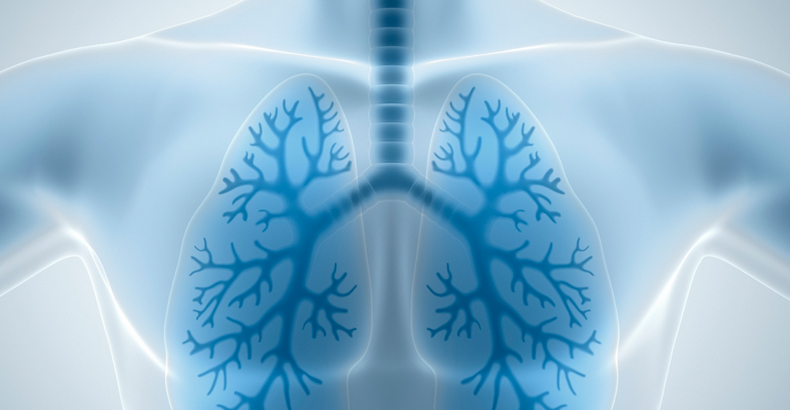
By: Melissa Billie Clark
As we live day-to-day life, we are unknowingly exposed to environmental toxins that we cannot escape. Our workplace, where we live, and our home life are attributes of our health. The human body is designed to replenish and protect itself from substances it considers harmful. Mucus in the lungs plays a crucial role in this defense system; it protects, filters, and helps expel harmful chemicals we may inhale. This is why actions such as coughing, sneezing, and clearing the throat can aid in detoxifying the body. It is essential to avoid further disturbances to our health and refrain from engaging in harmful habits as the American Cancer Society estimates there are 234,580 new cases of Lung Cancer in the U.S in 2024. The use of nicotine and other inhalants—including vaping, marijuana, e-cigarettes, pipes, and hookah—introduces unnatural substances that can contribute to lung disease and cancer.
According to the American Lung Association (ALA), there are more than 7,000 chemicals in cigarettes, of which 69 are cancer-causing. The CDC states that before the age of 18, 50.1% of people start smoking, while 33.1% start between the ages of 18 and 21, and 16.8% start at the age of 21 and older. The age-old question is, why do people even begin? There are a multitude of reasons, such as smokers in the household, peer pressure, and feeling rebellious; some smokers think it relaxes them, and let’s not forget the advertisers paid to market cigarette brands. Because nicotine is an addictive drug, once one starts, it can be extremely challenging to stop; however, it is possible. There are plenty of resources to help quit the habit. Your first step is to speak to your physician and get information on medicine that can help while being monitored by your doctor. Other natural alternatives can be hypnosis, meditation, breathing exercises, and seeking mental health experts to help with the anxiety and mood swings from cigarette relief. You can do it!

Maintaining a clean diet and regular exercise can help reduce cancer and disease. Did you know that consistent swimming offers a low-impact and full-body workout? Michael Hornung, Aquatics Director at the Brooklyn Sports Club, stated, “Strokes like breaststrokes, butterfly, and freestyle boost lung capacity, reduce inflammation, and strengthen respiratory muscles through controlled breathing.” The ALA suggests that people participate in 30 minutes of moderate exercise five days a week. Breathing exercises have many benefits for both your body and mind. By practicing these exercises, you can learn to breathe more deeply, which helps you take in more oxygen and feel more relaxed. These exercises also strengthen your diaphragm and improve how your lungs work, leading to better respiratory health. Additionally, deep breathing can help reduce stress and anxiety, making you feel calmer and more focused. Regularly practicing these techniques can give you a greater sense of calm and well-being, making them an essential part of your daily routine.

This article is dedicated to 38-year-old beloved and former Starrett City resident, Isabelle Clark, who perished from lung cancer on January 18, 2017. We love and miss you, mom.
Other information provided by:



